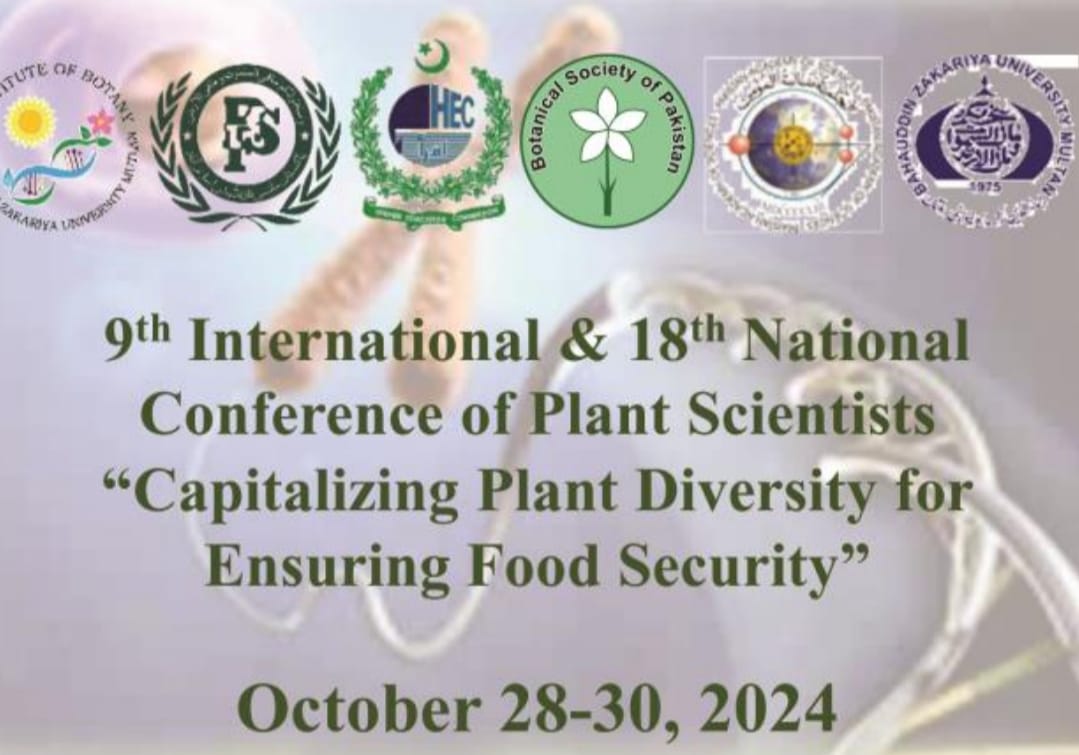
PJB-2024-377
Effects of nitrogen and phosphorus addition on Castanopsis sclerophylla seedlings growth and water physiology in north subtropical, Chizhou, China
Cheng Huang, Zhaocheng Wang, Fan Yang, Yuhua Ma, Han Sheng, Junfeng Yuan, Luis Carlos Ramos Aguila, Xu Li and Muhammad Sadiq Khan
Abstract
Nitrogen (N) and phosphorus (P) are key elements required for plant growth and development and are the most common limiting nutrients that constrain net primary productivity in terrestrial ecosystems. As a result of anthropogenic activities, N deposition has increased in subtropical regions of China; however, the impact of forest P associated with N is relatively scarce. Four treatments, including control, were set up in the forest of Castanopsis sclerophylla (seedlings) to evaluate the effects of long-term N and P applications on plant growth and water physiological characteristics. In the forest's understory, N, P, and combined N+P additions were applied to similar growth conditions in the 50-year-old secondary forest. The results show that the mid-day water potential of C. sclerophylla seedlings under the N+P addition treatments was significantly higher (p<0.05) than in the P and N treatments, and found significant (p<0.05) variation in seasonal growth. In the dry season, the conduit density of young C. sclerophylla seedlings under P inputs and control was significantly higher (p<0.05) than combined N+P addition. N addition, it possibly signifies the drought resistance of C. sclerophylla seedlings in seasons. Remarkably, without adding nutrients, the C. sclerophylla seedlings showed the strongest resistance to drought conditions in all seasons. Therefore, under the influence of global climate change in the future, drought and N deposition will negatively affect the understory regeneration of C. sclerophylla in subtropical secondary forests. The outcomes of this study direct the forest manager and silviculturist regarding the adverse situation ahead regarding the C. sclerophylla regrowth in subtropical forests and help prioritize plant species for future drought conditions.
To Cite this article: Huang, C., Z. Wang, F. Yang, Y. Ma, H. Sheng, J. Yuan, L.C.R. Aguila, X. Li and M.S. Khan. 2026. Effects of nitrogen and phosphorus addition on Castanopsis sclerophylla seedlings growth and water physiology in north subtropical, Chizhou, China. Pak. J. Bot., 58(2): DOI: http://dx.doi.org/10.30848/PJB2026-2(2)
Download PDF


